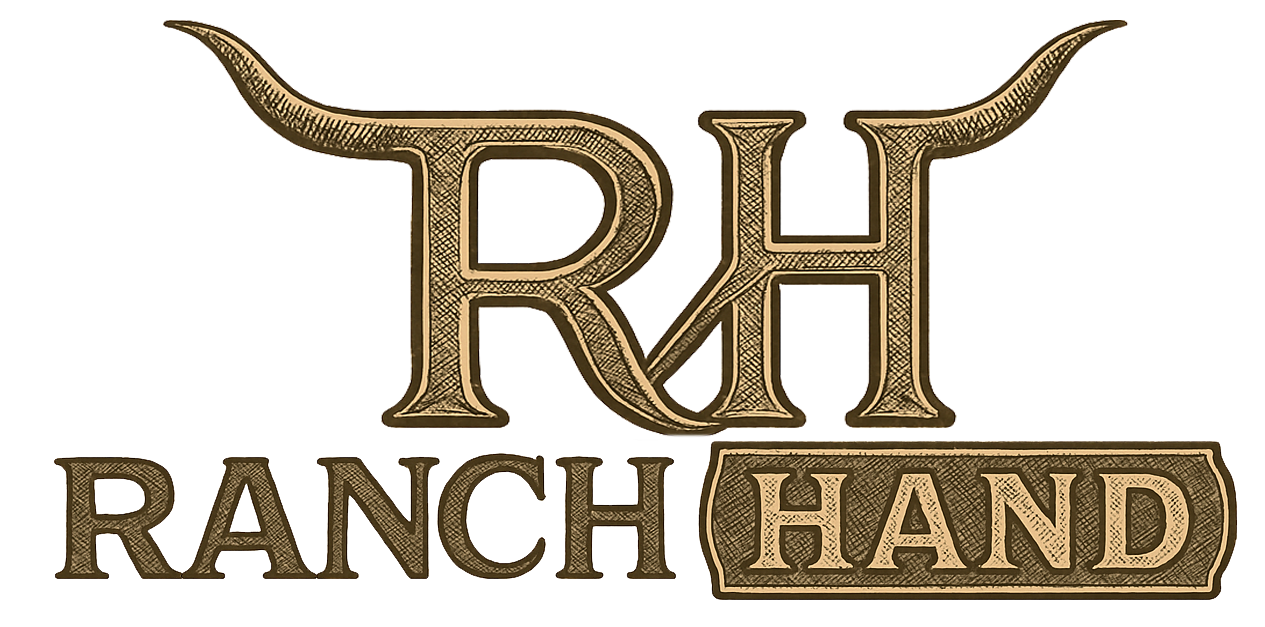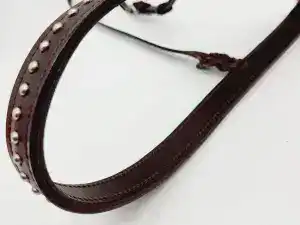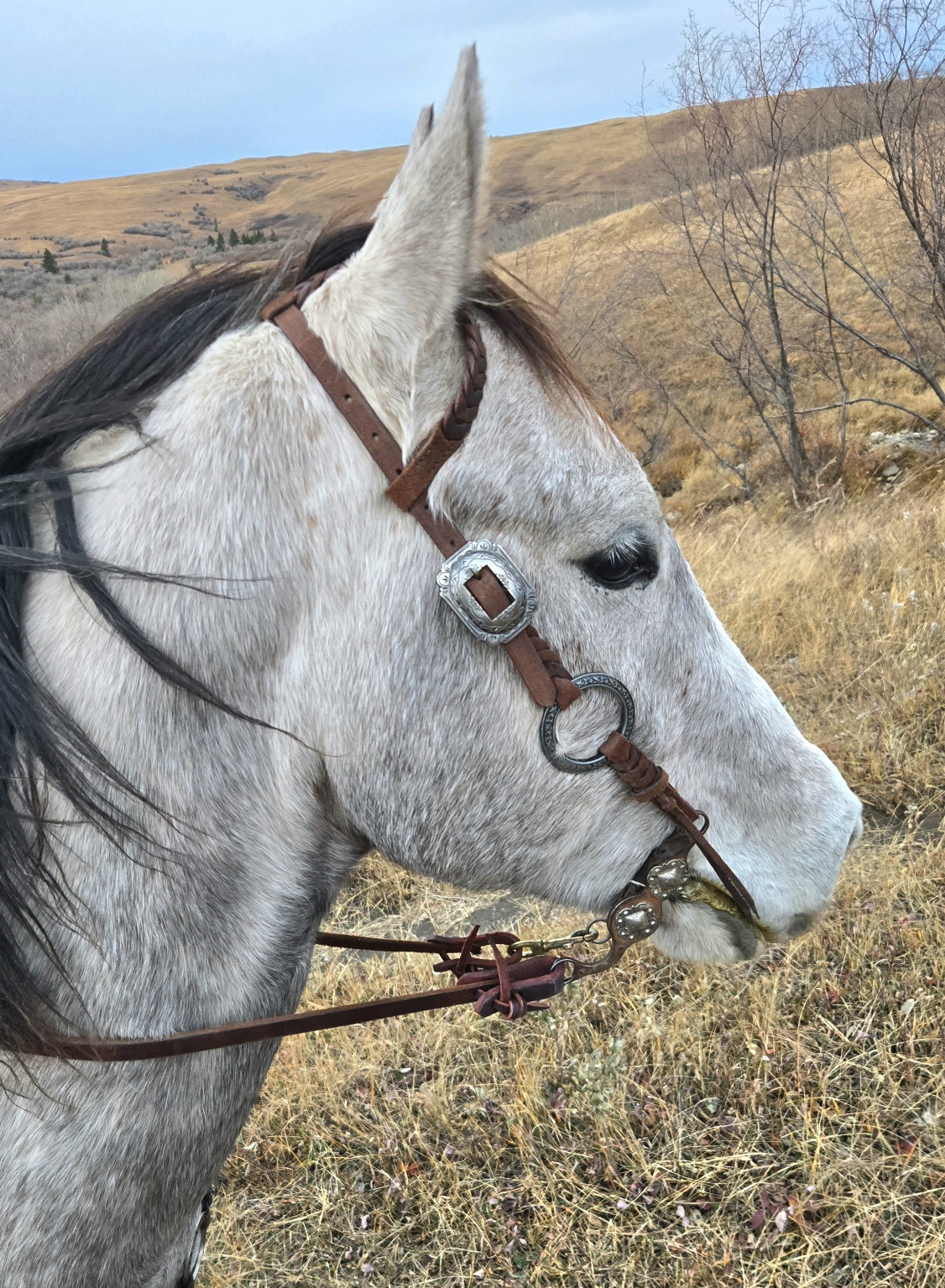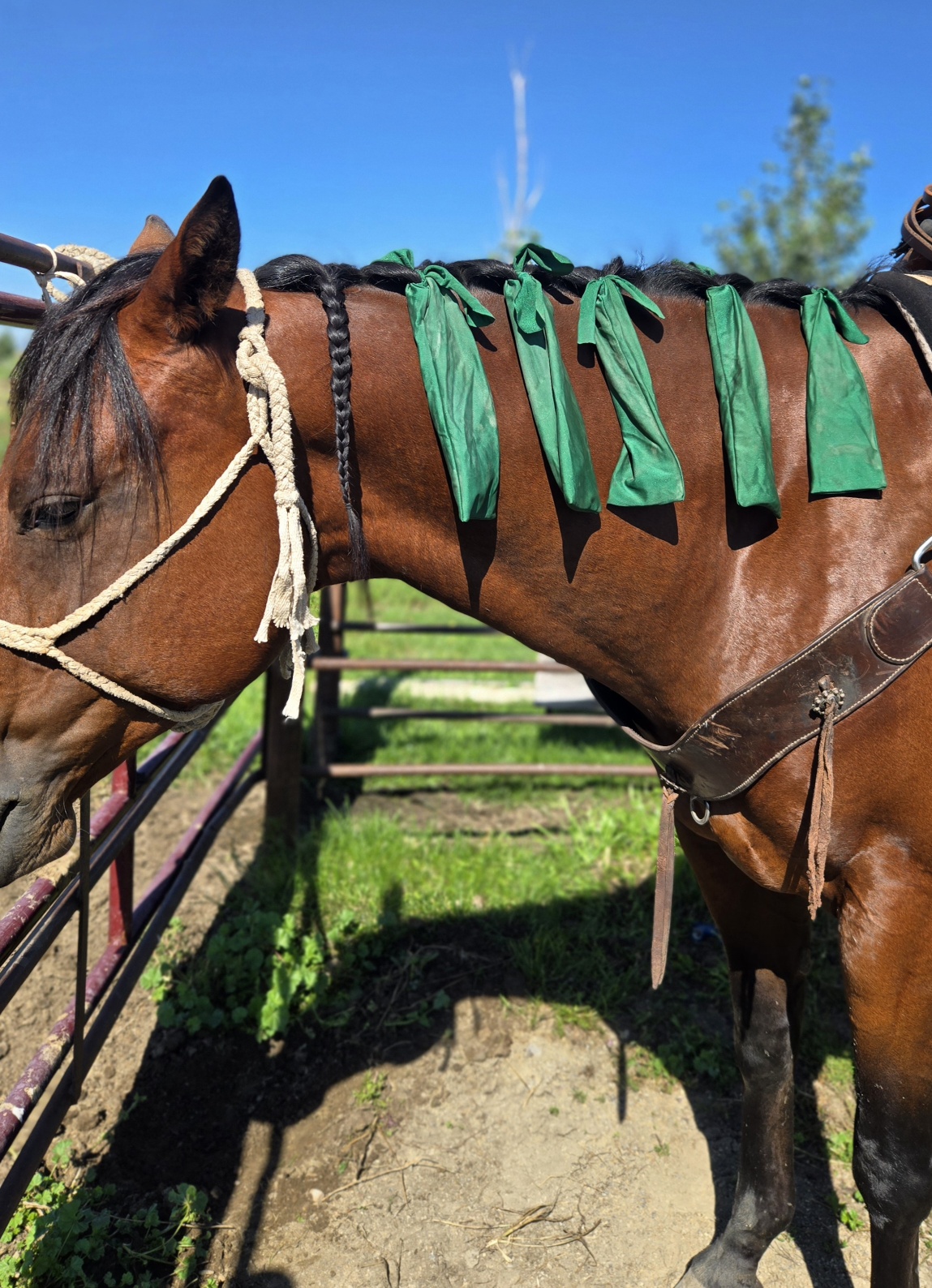A noseband for horses is more than just a piece of tack. It’s a small but essential tool that plays a big role in how a rider communicates with their horse. Whether you’re a casual rider or a seasoned competitor, understanding the right kind of noseband—and how to use it—can make a huge difference in your horse’s comfort, performance, and training. This guide explains everything you need to know, from types to fitting, so you can make informed choices that work for you and your horse.
What Does a Noseband Do?
At its most basic, a noseband helps the rider control the horse. It fits around the horse’s nose and is attached to the bridle. When used correctly, a noseband keeps the horse’s mouth closed so it can’t avoid the bit. It also helps guide the horse’s head and can even help distribute pressure more evenly across the face.
But that’s not the whole story. Some horses have a habit of resisting the bit, and a noseband can help gently correct that behavior. It also keeps the bridle in place and improves communication between horse and rider.
It’s not about force. It’s about subtle, clear communication. When used with care, a noseband becomes part of the language you use to talk to your horse.
Different Types of Nosebands (and When to Use Them)
There’s no one-size-fits-all solution when it comes to nosebands. Each type serves a different purpose. Picking the right one depends on what your horse needs and how you ride.
Cavesson Noseband – This is the most common type. It’s simple, soft, and usually used for basic riding or training. If you’re not sure where to start, start here.
Flash Noseband – This type adds a strap below the bit. It’s useful if your horse tends to open its mouth or evade the bit. It gives you a little extra control without being too harsh.
Drop Noseband – This sits lower on the horse’s nose and is good for horses that cross their jaws. It helps keep the horse’s mouth shut in a comfortable way.
Grackle (or Figure-8) Noseband – This looks like an “X” on the horse’s face. It’s designed for more advanced control and is often used in jumping or eventing. It prevents the horse from crossing its jaw or avoiding contact.
Crank Noseband – This is a padded version of the cavesson that can be tightened more securely. It’s used in dressage but must be fitted carefully to avoid causing discomfort.
Anatomical Nosebands – These are shaped to avoid pressure points and are designed with horse comfort in mind. They’re often used for sensitive horses or when riding for long periods.
Each of these has a place, but it’s important to understand what they do before strapping one on. It’s not just about control—it’s about listening to your horse and responding to their needs.
Choosing the Right Noseband for Your Horse
So how do you choose? Start by thinking about your horse’s behavior.
Does your horse open its mouth when you ride? Try a flash noseband. Does it resist the bit or toss its head? A grackle might help. If your horse is sensitive, an anatomical style might be the best fit.
Also, consider what you’re doing. Trail riding? A simple cavesson might be enough. Competing in dressage? You’ll probably need a crank or something with more control.
Don’t guess. Try different styles. Pay attention to how your horse responds. The right noseband is one that helps you ride better—and keeps your horse happy.
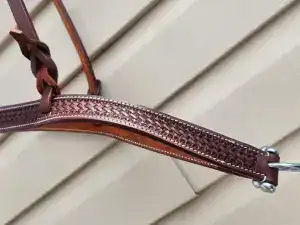
Fit Matters: How to Properly Adjust a Noseband
Even the best noseband won’t help if it doesn’t fit.
First rule: it should be snug, not tight. You should be able to fit two fingers between the noseband and your horse’s face. If you can’t, it’s too tight.
If a noseband is too tight, it can cause pain, stress, and even interfere with breathing. That’s the opposite of what you want. Always check the fit before you ride.
The noseband should sit about one to two fingers below the horse’s cheekbone. Anything lower and it might press on sensitive areas. Anything higher and it won’t do its job.
Check the fit every time. Horses change shape over time, just like people. What fit last month might not fit today.
Comfort vs. Control: Striking the Right Balance
This is where things get tricky. Too loose, and the noseband doesn’t do much. Too tight, and you risk hurting your horse.
The goal is to find the middle ground. You want a noseband that gives you better communication—but doesn’t make your horse feel trapped.
Think of it like a seatbelt. You want it snug enough to work, but not so tight it’s uncomfortable.
There have been studies showing that overly tight nosebands can cause stress and restrict blood flow. That’s why many competitions now have rules about how tight a noseband can be.
If your horse starts acting out—shaking its head, grinding its teeth, refusing to move forward—it might not be bad behavior. It could just be discomfort. Loosen the noseband a little and see if things improve.
Rules and Regulations in Equestrian Sports
Every sport has rules, and nosebands are no exception.
In dressage, for example, crank nosebands are allowed—but they have to be fitted properly. Most competitions now use the “two-finger rule” to check tightness. If a judge can’t fit two fingers under the noseband, you might get penalized.
Some shows even ban certain types of nosebands altogether, especially if they’re seen as too harsh. Always check the rules for your discipline before you compete.
These rules aren’t just about fairness—they’re about horse welfare. Everyone wants a level playing field, but no one wants to win at the cost of a horse’s comfort.
Top Noseband Brands Worth Knowing
If you’re ready to buy, start with brands known for quality and comfort. Here are a few trusted names:
- Ranch Hand – Known for rugged, reliable gear with a Western edge.
- Schockemöhle Sports – Known for anatomical designs.
- Passier – A classic choice with excellent leather quality.
- PS of Sweden – Offers modern, ergonomic tack.
- Collegiate – A good mid-range option for everyday riders.
- Stubben – Durable and designed with performance in mind.
You don’t have to spend a fortune, but you do want something that’s safe, fits well, and lasts.
Noseband Maintenance: Keep It Clean, Keep It Safe
Like all tack, nosebands need care. Dirt and sweat build up over time and can cause skin irritation—or even infections.
Wipe down your noseband after every ride. Use a damp cloth to remove dirt and sweat. Once a week, clean it with saddle soap and condition the leather.
Inspect for cracks or worn stitching. If something looks weak, replace it. A broken noseband mid-ride is dangerous.
Store it in a cool, dry place. Leather doesn’t like heat or moisture. Hang it properly so it doesn’t lose its shape.
A well-maintained noseband is safer, more comfortable, and lasts longer. It’s worth the extra effort.
Conclusion
A noseband for horses isn’t just about control—it’s about comfort, communication, and partnership. The right one can make a world of difference. Start with the basics, pay attention to your horse, and always choose function over fashion.
Your horse can’t tell you what’s wrong—but if you listen, it’ll show you. A well-chosen, well-fitted noseband is one way to make sure you’re listening.
Frequently-Asked Questions (FAQs)
What is the purpose of a noseband for horses?
A noseband helps control the horse’s mouth and head movements. It improves communication between rider and horse, helping to guide and manage behavior.
Can a noseband hurt my horse?
Yes—if it’s too tight. Over-tightening can cause discomfort, stress, and even injury. Always check the fit using the two-finger rule.
Which noseband is best for a beginner horse?
A simple cavesson noseband is a good place to start. It’s gentle and suitable for basic training or light riding.
Are nosebands required in competitions?
It depends on the discipline. In most English riding competitions, yes. But the type and fit must meet specific rules.
How often should I replace a noseband?
Check it regularly for wear. If the leather is cracking or the stitching is coming loose, it’s time to replace it. With good care, a quality noseband can last for years.
